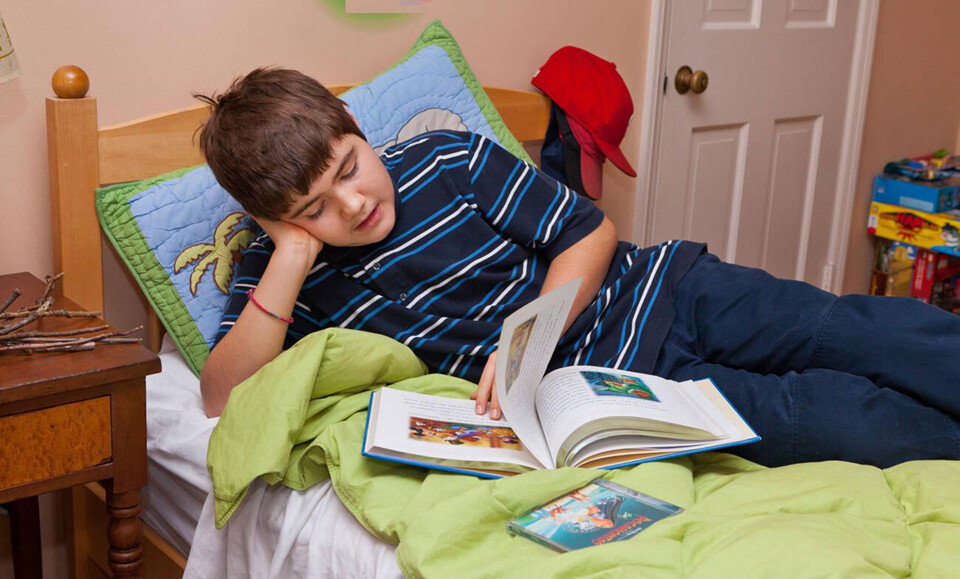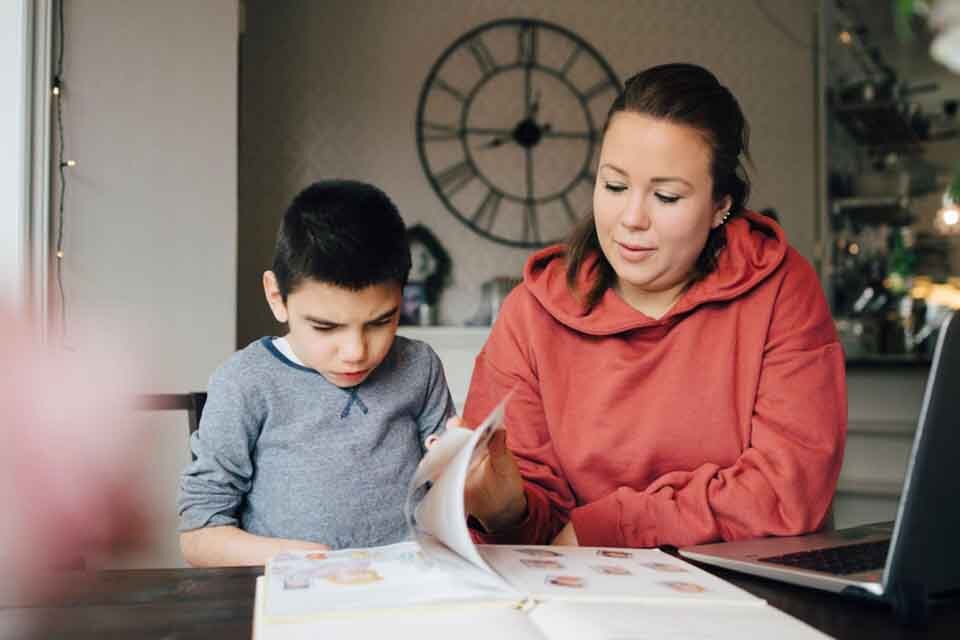What is Expressive Language?
Expressing our emotions and what we need from others is what we refer to as expressive language, which can be achieved through verbal or nonverbal communication.
Many children with Autism Spectrum Disorder (ASD) experience difficulty in using expressive language to communicate their emotions. They may have limited speech for their age and difficulty initiating and sustaining conversations. In some cases, they can be mostly nonverbal except for repeating words and phrases they hear in their surroundings.
These language barriers can create frustration for the child and their caregiver alike. The lasting effects consist of challenging behaviours such as throwing fits or breaking down in tears, which correlates to the child being unable to communicate effectively.
Thankfully, some various techniques and approaches can be implemented early on to enhance a child’s expressive language skills.
Incorporate Positive Reinforcement
Autistic children often require heightened (positive) stimulation to elicit a response. The ultimate goal is to help them communicate verbally, make requests, express their views, and identify items independently. To attain this level, beginning with the fundamentals, such as gaining strong verbal imitation abilities, is necessary for numerous children. The more your child replicates your actions and words, the more likely they will transition to doing similar things independently.
A helpful technique is to shift your perspective and think from a kid’s view. What retains their attention or makes them smile? It could be as simple as a goofy face or a funny joke. Whatever it may be, ensure you are receiving a positive response from them in return.
Another useful approach for enhancing verbal imitation is using a mirror. Some autistic children face difficulties with direct eye contact, they are more likely to follow your lead when looking into a mirror. It is best to implement mirror practice into the child’s daily routines, such as before bedtime. Also, daily silly faces and sounds in front of the mirror can engage the child while providing the reinforcement they need.
Exchange Screen Time for Real-World Resources
Screen time and electronic toy play are proven to impact language acquisition negatively. Research has shown that reducing such activities can significantly enhance language development.
Children, especially those with autism, learn by engaging in repetitive actions, like scrolling or tapping. This applies to technology as well. The child uses it out of curiosity rather than for a designated purpose. For example, they may repeatedly press a button on a toy to activate its sound or light, but it would be more beneficial if they made the sound themselves instead of just hearing it.
Similarly, watching a favourite show repeatedly on television is not as productive as experimenting with their own imaginary scenarios. While reducing screen time may pose a challenge to busy parents, it can encourage children to be creative and develop their own sounds. A good way to assess your child’s technology dependence is to take the batteries out of a toy and see if they start making the sound on their own.
Encourage Vocabulary Development and Promote Requesting Confidence
To help an autistic child progress in language development, encourage combining established words into simple phrases. Confirm and praise their attempts, and offer opportunities to make requests through controlled frustration.
To promote language development in autistic children who may be self-sufficient, controlled frustration can be a useful tool. By placing objects, like a cup, out of reach, you can create a situation where the child must make a request, whether through gestures or words. Over time, this can lead to the formation of new phrases and independent requests. This strategy starts with nonverbal actions, such as pointing, and helps develop a habit of using language to express needs.
Enhance Your Child’s Experience by Integrating Practices
By integrating all your techniques and applying them in real-life situations, you are preparing your child for independent scenario execution in the most effective manner. Simple tasks, like asking for help to open a tight lid or expressing a desire for a drink, lay the foundation for independence and the ability to seek assistance from others. This not only fosters communication skills but also helps to develop an understanding of sharing and teamwork.
Singing is an enjoyable “real-world” activity that can be used to reinforce language skills and communication in children. Assisting them with creating songs with straightforward and repetitive actions, involving physical movements, will maintain engagement. The prompt vocal expression can be achieved by suggesting open-ended phrases for completion and incorporating household items such as pots, spoons and even pillows into the singing activity.






